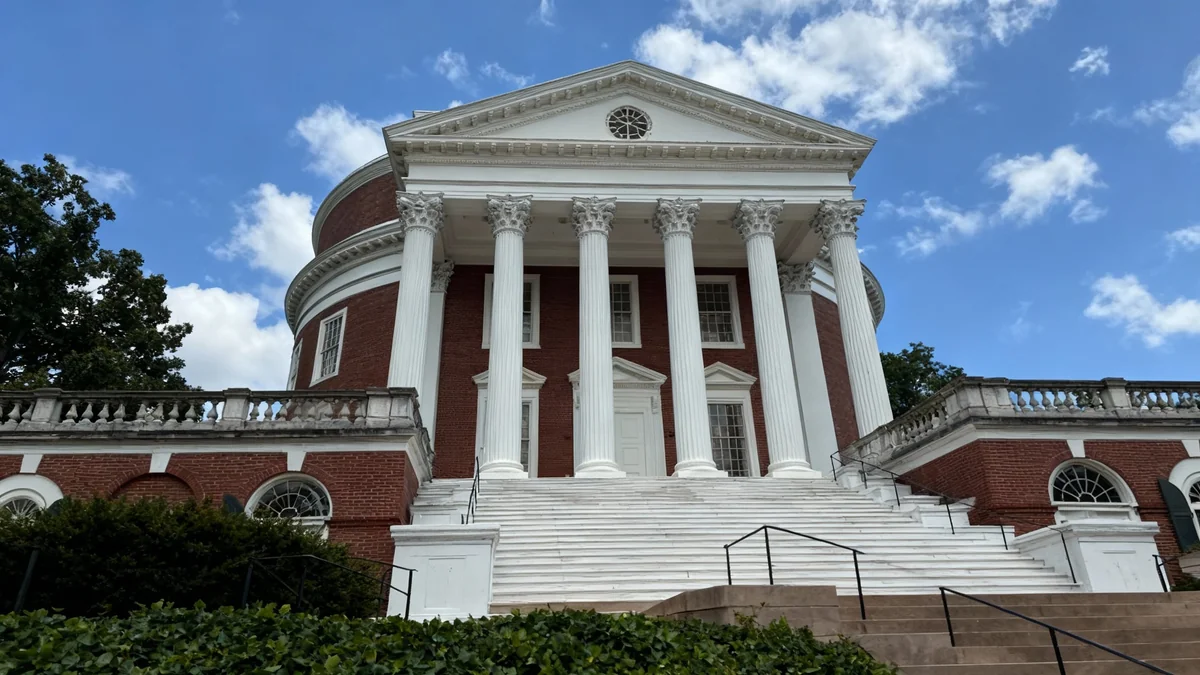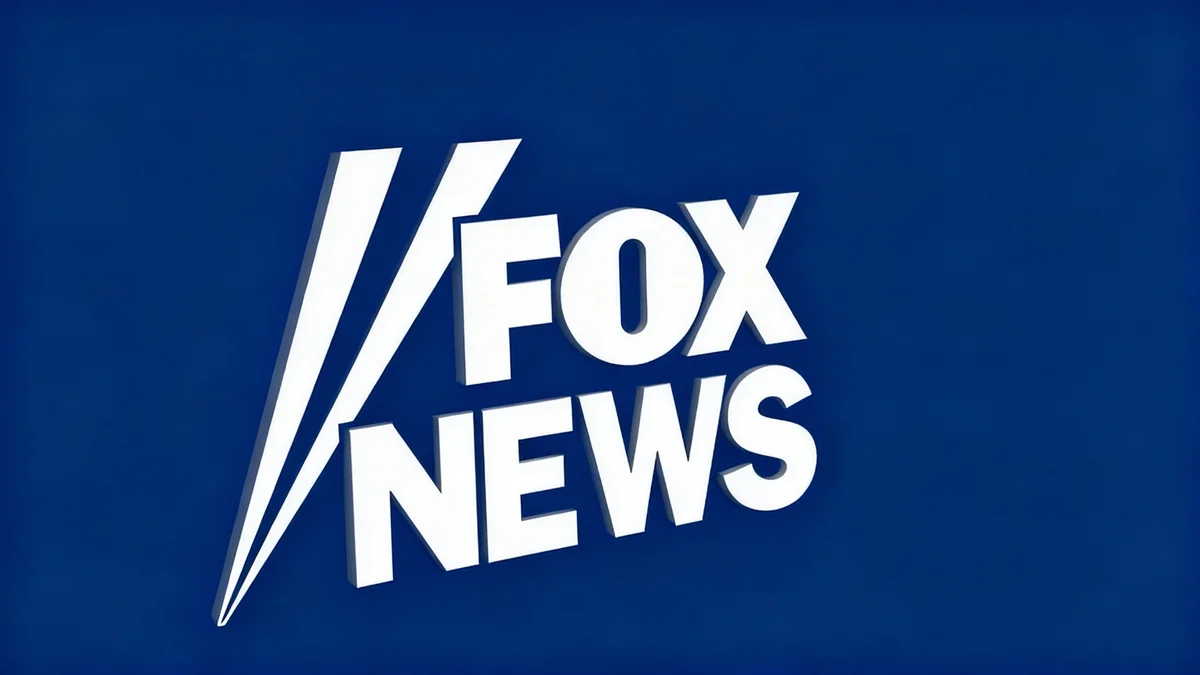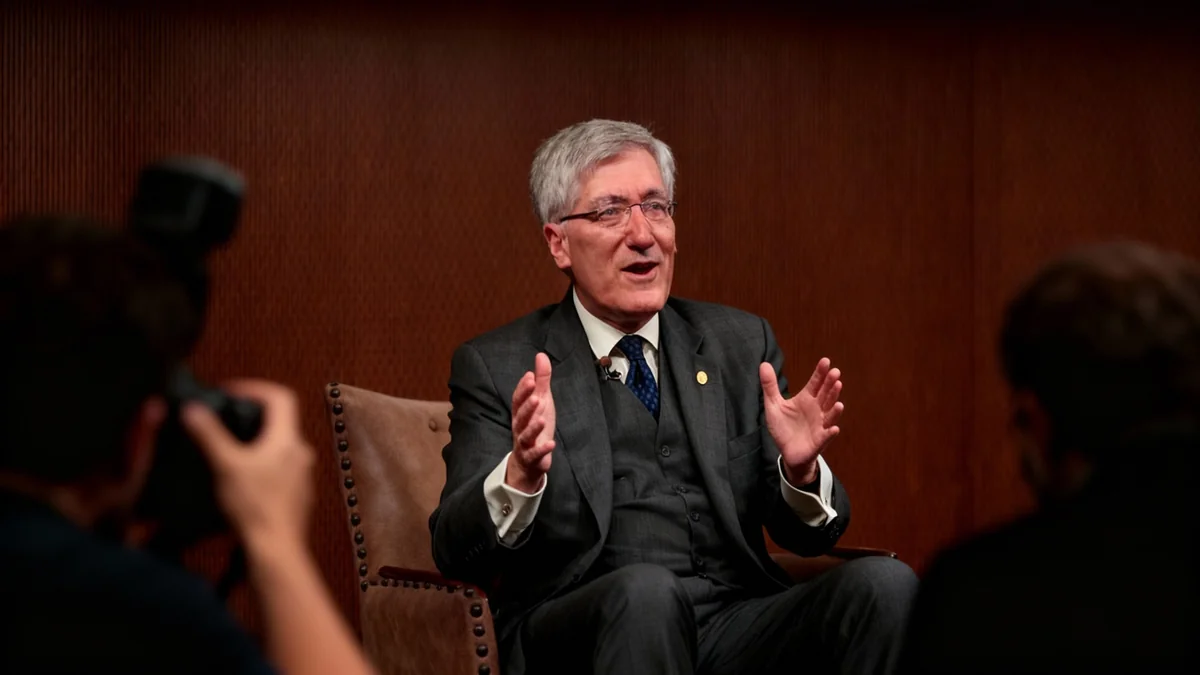A protest against a Turning Point USA event at the University of California, Berkeley, escalated into clashes with police, resulting in multiple arrests and drawing an immediate and significant response from federal authorities. The confrontation has ignited a broader discussion about protest tactics and their consequences on campus.
The event, part of Turning Point USA's "America's Comeback Tour," featured actor Rob Schneider and was the conservative group's first appearance on a California campus since the death of co-founder Charlie Kirk. It drew hundreds of student protesters to Zellerbach Hall, leading to a tense standoff that lasted several hours.
Key Takeaways
- A Turning Point USA event at UC Berkeley on Monday resulted in significant protests and clashes.
- At least four individuals were arrested for offenses including physical altercations and resisting police.
- The Trump administration has launched two separate federal investigations into the incident.
- The protest's aftermath included intense media coverage, particularly from right-leaning outlets.
- The incident has raised questions about academic freedom and the effectiveness of campus protest strategies.
Confrontation Outside Zellerbach Hall
Hundreds of demonstrators gathered outside UC Berkeley's Zellerbach Hall on Monday to protest the on-campus presence of Turning Point USA, a conservative advocacy group. The atmosphere grew tense as protesters chanted and held signs opposing the organization's views.
University police, equipped with riot shields, formed barricades to separate the demonstrators from attendees of the event. According to law enforcement officials, the situation escalated when some individuals in the crowd began to challenge the police line.
Reports from the scene indicate that objects, including glass bottles and at least one rock, were thrown at officers. These actions prompted a more forceful police response to maintain control and ensure the safety of those entering the venue.
Arrests and Injuries Reported
By the end of the day, university police confirmed that at least four people had been arrested. Two of the arrests were related to what officials described as "physical altercations."
Incident by the Numbers
- 4+ individuals arrested
- 2 federal investigations launched
- 1 person hospitalized
- Hundreds of protesters assembled
One individual was taken into custody for allegedly pushing on a police barricade. Another was arrested after climbing over the barricade and sitting on it in defiance of police orders. At least one person was transported to a local hospital after being struck in the head during the turmoil.
Unprecedented Federal Response
In a move that has drawn significant attention, the Trump administration quickly announced two separate federal investigations into the campus protest. This level of federal involvement in a university demonstration is highly unusual.
"The decision to launch two probes, one by the FBI's Joint Terrorism Task Force and another by the Department of Justice’s Civil Rights Division, marks an extraordinary escalation for what began as a campus protest."
The investigations will examine the circumstances surrounding the violence and the arrests. This federal scrutiny places UC Berkeley, an institution already targeted by multiple federal inquiries, under an even brighter national spotlight. The intervention signals a serious federal interest in campus conflicts, particularly those involving political speech.
The Role of Media and Public Perception
The events at Berkeley were almost immediately amplified by national media outlets. The confrontations provided compelling visuals that were quickly disseminated across news and social media platforms.
Right-leaning media organizations, in particular, provided extensive coverage. Fox News, for example, produced at least 13 articles and on-air segments about the incident in the 48 hours following the protest. This coverage largely focused on themes of campus disorder and violence from leftist protesters.
Context: Turning Point USA on Campus
Turning Point USA frequently hosts events on college campuses, which often become flashpoints for protest. The organization's stated mission is to promote conservative values, but critics accuse it of being intentionally provocative to generate media attention and highlight what it portrays as intolerance in higher education.
The widespread media portrayal has fueled a narrative of chaos at American universities. Analysts suggest that such incidents are strategically valuable for groups seeking to critique higher education and advocate for greater administrative control over student activities.
A Debate on Protest and Academic Freedom
The fallout from Monday's protest has sparked a debate within the UC Berkeley community and beyond about the nature of effective protest. While many support the students' right to voice their opposition, some question whether confrontational tactics are counterproductive.
Critics of the protesters' actions argue that the violence and disorder played directly into a preconceived narrative. They suggest that by reacting with aggression, the demonstrators became unwitting participants in a content strategy designed to portray universities as out of control.
This perspective holds that every thrown bottle and every physical clash provides material for media campaigns aimed at undermining the autonomy of universities. The argument is that such actions give political opponents justification for increased federal oversight and intervention.
The core of the issue now facing UC Berkeley revolves around a fundamental question: How can a university community protect both free speech and physical safety? The balance between allowing controversial speakers on campus and managing the passionate, and sometimes volatile, response from students is a challenge institutions across the country are grappling with. For Berkeley, the stakes are now higher, with federal investigators watching closely and the future of academic freedom hanging in the balance.





